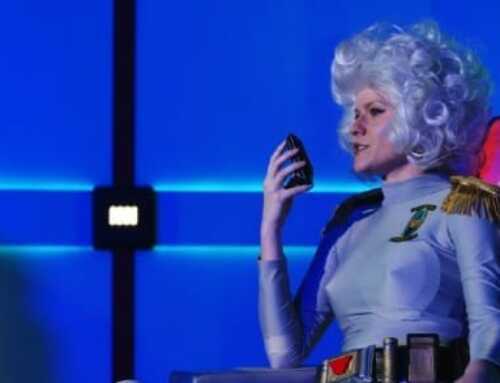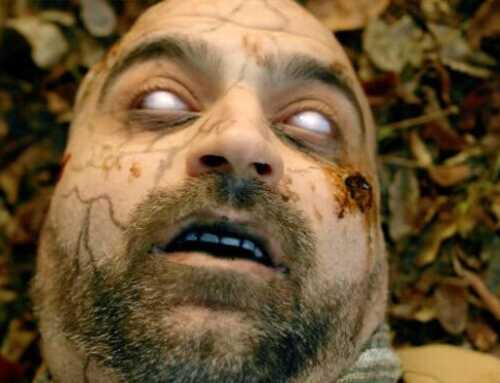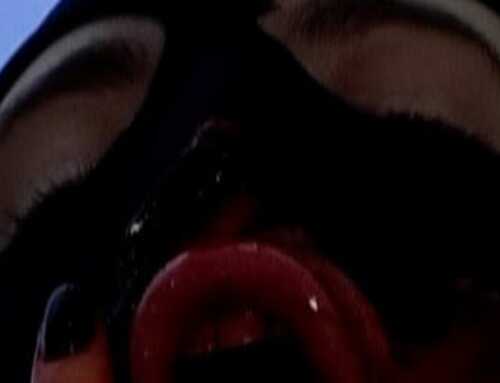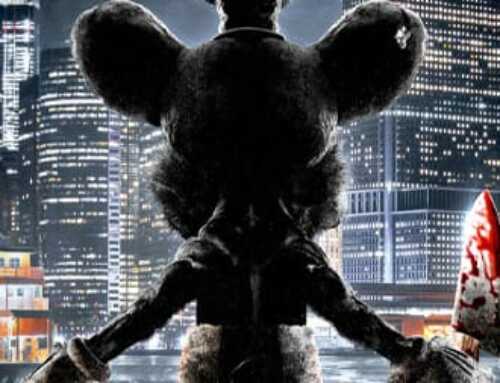You think you know what makes up a good horror story. But then you sit down to write your own script and the real horror hits you, your page stays blank. The following 3 ingredients will help you write a hair-raising horror script.
Ingredient #1: The Essence of Horror
The essence of the horror story boils down to the struggle to survive in a situation where the hero is overpowered by terrifying evil. This evil can be supernatural, which taps into our imagination, or realistic, bringing horror closer to our daily lives.
Ingredient #2: The Core Emotion in Horror Films
The core emotion horror films elicit from their audience is fear. Fear for the protagonist’s life or wellbeing. To return to safety, the protagonist must beat evil. If he or she fails, they will face a fate worse than death. The best horror stories scare people with fears they didn’t know they had.
Besides fear, a good horror story can also build on four other elements: surprise, suspense, mystery, and spoilers.
You can make your audience fear the antagonist of your horror story, but it’s the element of surprise that will keep your audience on the edge of their seat. What will the evil character do now? When and where will it launch its next attack? Suspense is the tension you build up as you work your way to the next surprise. Mystery is the unknown. It amplifies fear. What is this evil and what does it want? Why is it out to harm the protagonist? What does it look like? Many horror movies feed fear by keeping evil in the dark. The audience never gets to see it or get familiar with it.
Spoilers are kind of the opposite but still a very powerful structure many successful horror films were built on. The director of the horror movie lets the audience in on who or what the antagonist is, from the beginning of the film. But the protagonist doesn’t know what the audience knows, and this drives up anticipation and tension.
Ingredient #3: Horror Story Structure
Most horror films follow the traditional three-act beginning, middle, and end structure. It’s what the story does with three acts that makes a horror film.
Of course, you should hook your audience from the first frame with an attention-grabbing and foreshadowing intro for horror movies.
The film’s beginning portrays an ordinary world and gives the audience time to connect with the main characters. We discover the protagonist’s desires, personality, and daily life. We meet the supporting characters and how they relate to the protagonist. Towards the end of the first act, the protagonist (and usually the supporting characters, too) move to a location that has a gloomy and isolated feel to it, far from any outside help. The presence of something wrong is felt, but the protagonists make the wrong decision to stay, venture further, and not act.
The middle or second act is where things go wrong. The wrong decision the protagonists made in the opening act now closes in on them and they must deal with it to survive. They fight but resistance seems futile. Characters die and the protagonists can’t seem to overpower the evil they’re facing.
In the third and final act, it’s the protagonist against evil in a final decisive battle. They might overcome an inner flaw or find the right tool or strategy to finally destroy evil. Sometimes though, the filmmaker can decide that the protagonist loses the battle and suffers a fate worse than death. Win or lose, we as an audience are usually left with the uneasy feeling at the end of the movie that evil has not disappeared and is still lurking around, waiting for a sequel, or waiting in the viewer’s bedroom.
Hopefully, these three ingredients will help you fill up that blank page. Your creativity should help you step away from this classic formula and write something unique and truly disturbing. But before you start writing, look under your desk!







